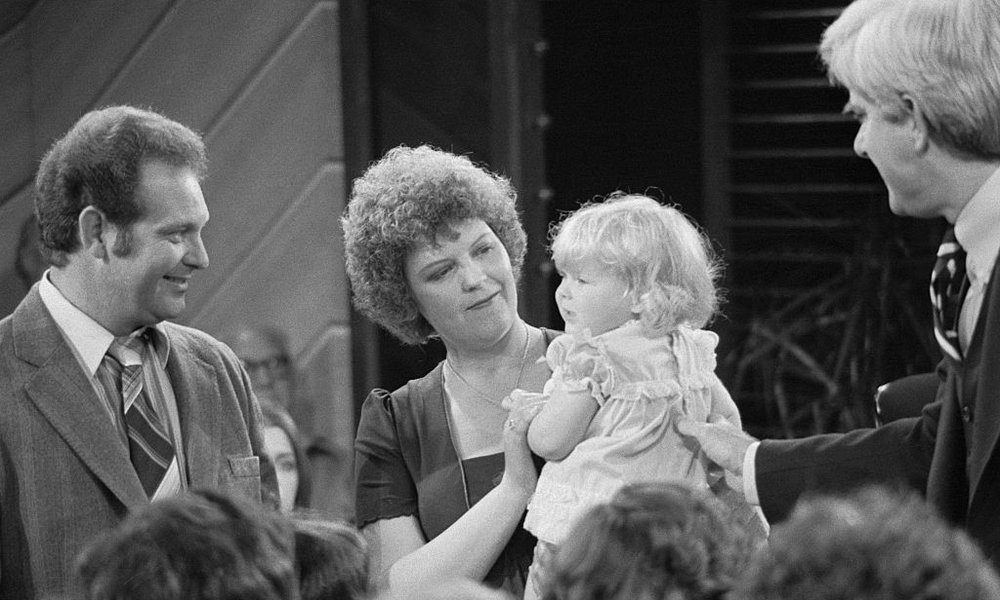How the history of genetics charts the rise and fall of eugenics
1 Aug 2019
Around the turn of the 19th century, there was a dramatic transformation in popular beliefs about the role of heredity in human affairs. Previously, only a few aristocrats thought they ruled by virtue of superior characters inherited from their forebears, but intense scientific study of the biology of inheritance encouraged the rising middle classes to believe that they too were endowed with superior intelligence that could be transmitted to their children. The eugenics movement called for social policies based on the claim that the individual’s mental and moral character was predetermined by heredity. There were calls for government action to limit reproduction in ‘undesirable’ elements of society, culminating in the atrocities of Nazi Germany. The new science of genetics emerged within this ideology of biological determinism.
Though now officially discredited, the underlying ideology of eugenics still haunts us today. Using recently developed techniques, genes can now be edited, which opens up the possibility of curing genetic disorders by modifying or eliminating the genes responsible. This has led to concerns about genetically modified crops and the production of ‘designer babies’ with carefully selected abilities.
These hopes and fears are based on the assumption that each characteristic is predetermined by a single gene; an assumption that the advance of genetics has shown to be valid only in a limited number of cases. Most genes have complex effects, including interactions with other genes and – crucially – with environmental factors. The oversimplified model of heredity established in the early 20th century has been dismantled by scientific developments, but its legacy remains embedded in popular culture.
The oversimplified model of heredity established in the early 20th century has been dismantled by scientific developments, but its legacy remains embedded in popular culture.
Emergence of the eugenics movement
The belief that heredity has the capacity to predetermine individual characteristics developed in two stages, each shaped by both ideology and science. Even before the introduction of genetics, the eugenics movement had begun to articulate the claim that environment and upbringing have no effect on the individual – all is predetermined by heredity. In the debate over whether nature or nurture shapes our character, the supporters of eugenics were firmly on the side of nature.
The movement’s founder, Francis Galton, was Charles Darwin’s cousin. His policy for the human race was analogous to Darwin’s emphasis on the animal breeders’ use of artificial selection to create new varieties. Darwin and Galton focused on features that show a continuous range of variation within the population, such as height and intelligence, and argued that the distribution could be changed by selecting which individuals were allowed to breed. Galton himself did not accept Darwin’s view that the gradual process of natural selection was responsible for the evolution of new species – he thought it could only produce minor changes within a species. However, some of Galton’s followers saw eugenics as a replacement for natural selection in the human population. These followers viewed eugenics as a form of social Darwinism.
A new science of heredity called ‘genetics’
The notion of a ‘unit character’ can be traced back to the laws of inheritance published by the Austrian monk Gregor Mendel in 1866, based on the hybridisation of pea varieties artificially bred to enhance particular features. He crossed varieties with, for instance, distinct green and yellow seeds. Most biologists at the time would have expected the hybrids to show a yellow-green blend of the two characters, but in fact the two colours reappeared unchanged in fixed proportions of subsequent generations. Mendel had no concept of a material particle responsible for transmitting these features and was more interested in hybridisation than heredity. No one took his laws seriously at first because they seemed irrelevant to the many characters that exhibit a continuous range of variation, such as height. But as scientists focused more closely on heredity, the laws were ‘rediscovered’ in 1900 by biologists including the Dutch botanist Hugo De Vries, and proclaimed as the key to a new science of heredity, which William Bateson called ‘genetics’. Bateson did not believe that characters were transmitted by a material particle, but evidence gathered by Thomas Hunt Morgan’s research school in America showed that visible characters were associated with elements in the rod-like chromosomes of the cell nucleus, which soon became known as genes.
De Vries, Bateson and the young Morgan all promoted a non-Darwinian evolution theory, in which species were created by the sudden appearance of new characters. If a character was created as a unit, it made sense to think that it might be transmitted as a unit. There was little understanding of how the gene shaped the development of the organism, but the geneticists shared Galton’s view that the environment couldn’t interfere with the process. Genetics became a new scientific foundation for the eugenics movement, widely promoted around the world at the time, and eventually incorporated into the Nazi’s policies for achieving racial purity.
The rise of Modern Darwinism
There is no single gene that will make a child a giant or a genius, but both height and intelligence can be increased by better diet and upbringing.
De Vries coined the term ‘mutation’ to denote the sudden appearance of new characters. Morgan and his followers showed that genes do occasionally undergo spontaneous changes producing new characters, but these true mutations do not form distinct species. They are incorporated into the existing gene pool and generate the ‘random’ variation that Darwin saw as the raw material on which selection operates. Modern Darwinism emerged when geneticists realised that most characters are influenced by many genes, producing a continuous range of variation in the population. Selection acts to increase the frequency of characters that give adaptive benefit.
In 1953, following Maurice Wilkins and Rosalind Franklin’s research, James Watson and Francis Crick showed how the chemical known as DNA could encode the genetic information that directs the development of the embryo. Recent developments have given scientists sophisticated techniques for isolating individual genes and transferred them from one species to another, allowing the production of genetically modified crops and the elimination or modification of the genes responsible for certain diseases. These techniques work for those cases where a single gene has a particularly obvious effect, but these are by no means the norm: most characters are influenced by many genes and by environmental factors too. The genes do not have absolute control – both nature and nurture are involved.
The expectation of ‘designer babies’ is based on an over-simplified model of heredity and development. There is no single gene that will make a child a giant or a genius, but both height and intelligence can be increased by better diet and upbringing. The intense focus on heredity, encouraged by the Human Genome Project and more recent advances, may all too easily lead us to forget the need to provide everyone with a decent environment and education.
Peter J. Bowler is Professor Emeritus of the History of Science at Queen’s University, Belfast. He was elected a Fellow of the British Academy in 2004. He is a Member of the Royal Irish Academy and a Fellow of the American Association for the Advancement of Science.
He is the author of Darwin Deleted and The Mendelian Revolution. Read more about the impact of science and technology in the 20th century through the lens of science fiction in his book A History of the Future: Prophets of Progress from H. G. Wells to Isaac Asimov.


